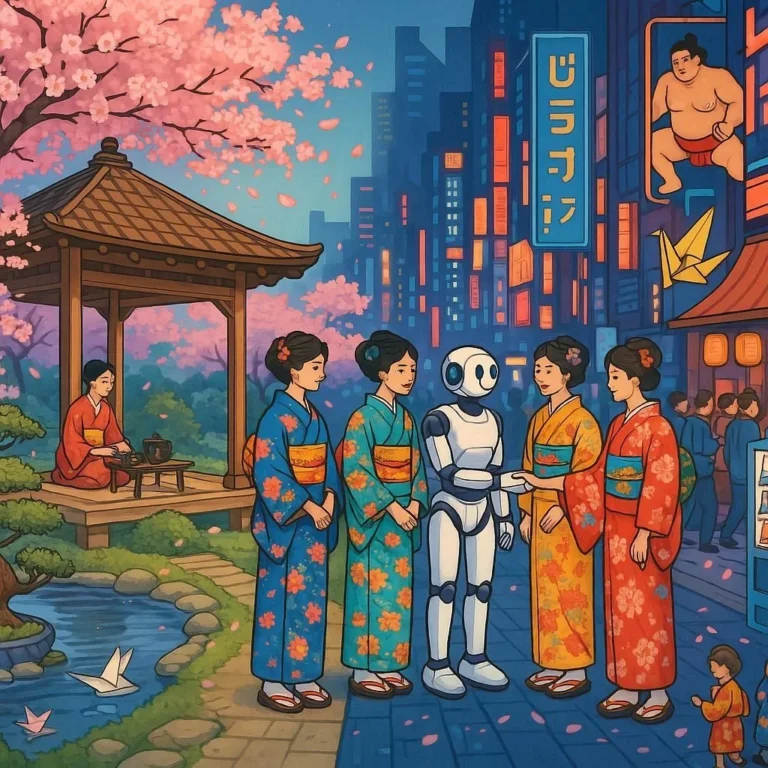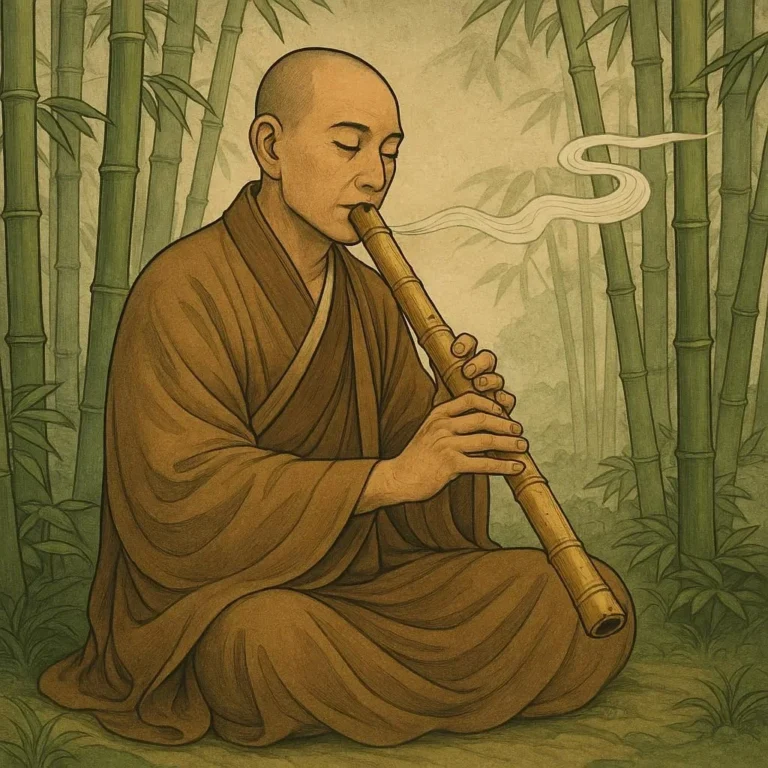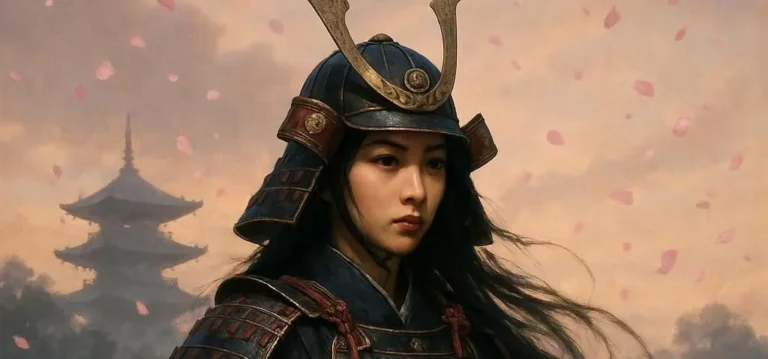501 views The Cultural Meaning of the Sumo Matsuri
This is a different yet related H2 heading
The Sumo Matsuri, or sumo festival, is more than just a colorful event; it is a window into Japan’s rich cultural tapestry. Rooted in centuries of tradition, the festival is a celebration of strength, spirituality, and community. This blog post delves into the cultural meaning of the Sumo Matsuri, exploring its historical roots, rituals, and modern-day significance.
The Historical Roots of Sumo Matsuri
Sumo wrestling, or sumō in Japanese, is one of the oldest sports in Japan, with a history dating back over 1,500 years. Its origins are deeply intertwined with Shinto rituals and agriculture. In ancient times, sumo was performed as a religious ritual to ensure a bountiful harvest and to appease the gods. These early matches were held at shrines, and the wrestlers were seen as vessels for the divine.
The Sumo Matsuri festival emerged as an extension of these rituals, blending sport, religion, and community celebration. The festival is often held at local shrines, where sumo wrestlers engage in matches, and the public gathers to watch, pray, and feast. This fusion of spirituality and athleticism is a cornerstone of the festival’s cultural identity.
The Spiritual Significance of Sumo Matsuri
At its core, the Sumo Matsuri is a deeply spiritual event. The rituals performed during the festival are designed to purify the participants, the venue, and the community. Before each match, wrestlers perform a series of rituals, including clapping their hands, stomping their feet, and tossing salt into the ring. These actions are meant to drive out evil spirits and consecrate the area.
The festival is also a time for communities to come together and seek blessings. Attendees often pray for good health, prosperity, and protection from misfortune. In this way, the Sumo Matsuri serves as a bridge between the physical and spiritual worlds, reinforcing the interconnectedness of life.
The Role of Community in Sumo Matsuri
Community is at the heart of the Sumo Matsuri. The festival is often organized by local residents, who come together to prepare for the event. From setting up the Sumo ring (dohyō) to preparing traditional foods and decorations, the festival is a collective effort that fosters a sense of unity and pride.
During the festival, sumo wrestlers, or rikishi, are celebrated as local heroes. Their strength and skill are seen as symbols of community strength. The matches themselves are often intense and competitive, but they are also a test of discipline, respect, and sportsmanship. These values are deeply ingrained in Japanese culture and are reinforced through the festival.
The Modern-Day Relevance of Sumo Matsuri
In modern times, the Sumo Matsuri has evolved to incorporate contemporary elements while retaining its traditional essence. The festival is now a popular tourist attraction, drawing visitors from around the world. This has helped to preserve the tradition and introduce sumo culture to a global audience.
However, the festival’s modernization has also led to challenges. Some argue that commercialization risks diluting the spiritual and cultural significance of the event. Efforts are being made to balance tradition with innovation, ensuring that the Sumo Matsuri remains a meaningful and authentic experience for future generations.
The Cultural Significance of Sumo Matsuri in Japan
The Sumo Matsuri is more than just a festival; it is a cultural institution. It reflects Japan’s deep respect for tradition, religion, and community. The festival’s emphasis on rituals, discipline, and mutual respect aligns with key principles of Japanese culture, such as wa (harmony) and giri (duty).
Moreover, the Sumo Matsuri serves as a reminder of Japan’s agricultural heritage. Many festivals still take place in rural areas, where farming is a way of life. The festival’s connection to the land and the cycles of nature highlights the importance of sustainability and gratitude for the bounty of the earth.
How to Experience the Sumo Matsuri
For those interested in experiencing the Sumo Matsuri firsthand, there are several ways to participate. Many festivals are held throughout the year, particularly in rural areas. Attendees can watch sumo matches, try traditional foods, and participate in rituals and dances.
If you’re unable to attend in person, there are also virtual experiences and documentaries available. These provide a glimpse into the festival’s cultural richness and historical significance.
Conclusion and Call-to-Action
The Sumo Matsuri is a vibrant celebration that offers a unique glimpse into Japan’s cultural heritage. From its spiritual rituals to its community-driven traditions, the festival is a testament to the enduring power of culture. Whether you’re a history enthusiast, a sumo fan, or simply curious about Japanese traditions, the Sumo Matsuri is an event that has something to offer everyone.
If you’re planning to visit Japan or simply want to learn more about this fascinating festival, we encourage you to explore further. Whether through attending the festival, reading about its history, or watching sumo matches online, there’s no better way to immerse yourself in the world of Sumo Matsuri.
For more information on sumo wrestling and its cultural significance, visit Wikipedia’s Sumo page. To learn more about Shinto rituals and their role in Japanese culture, visit Japan Guide.







